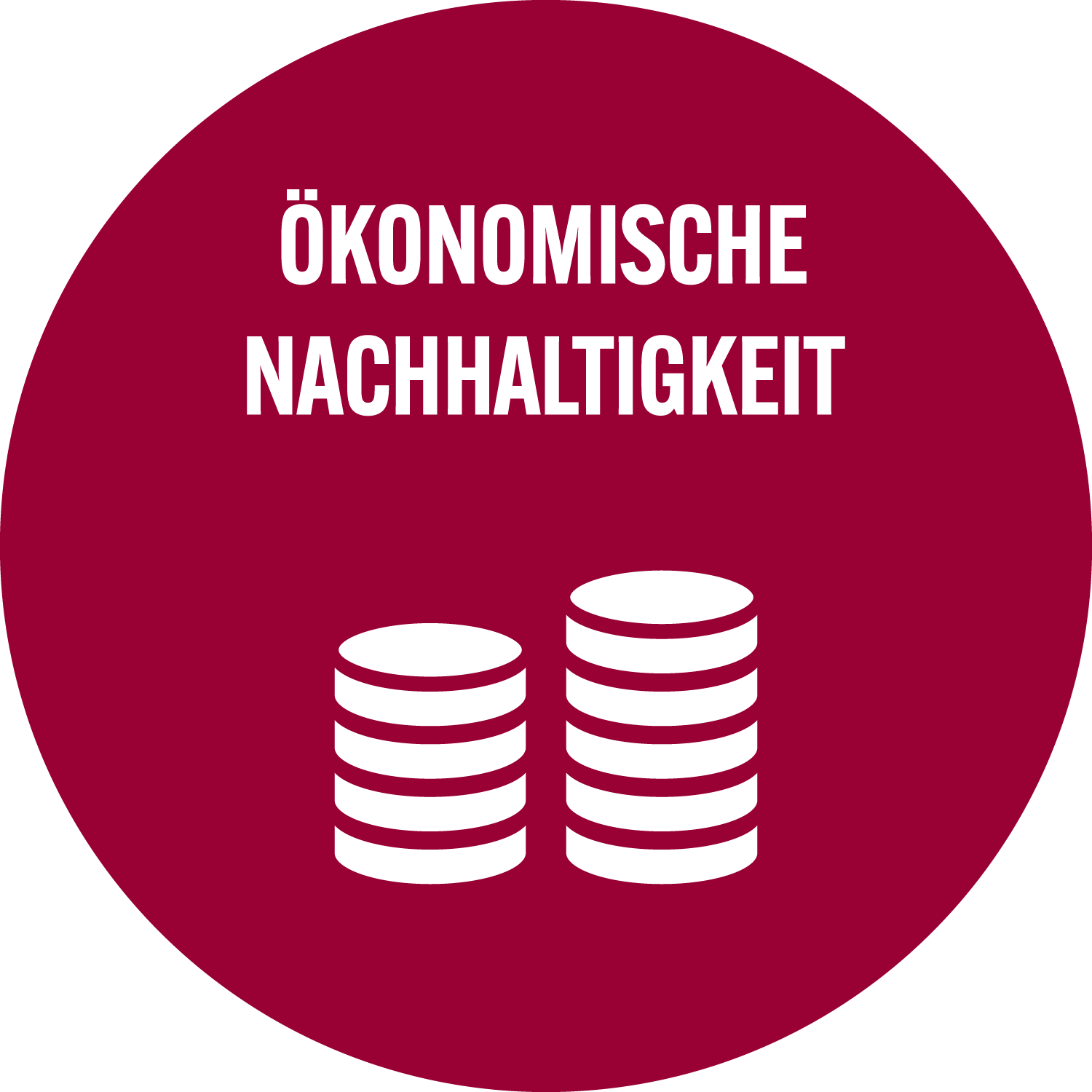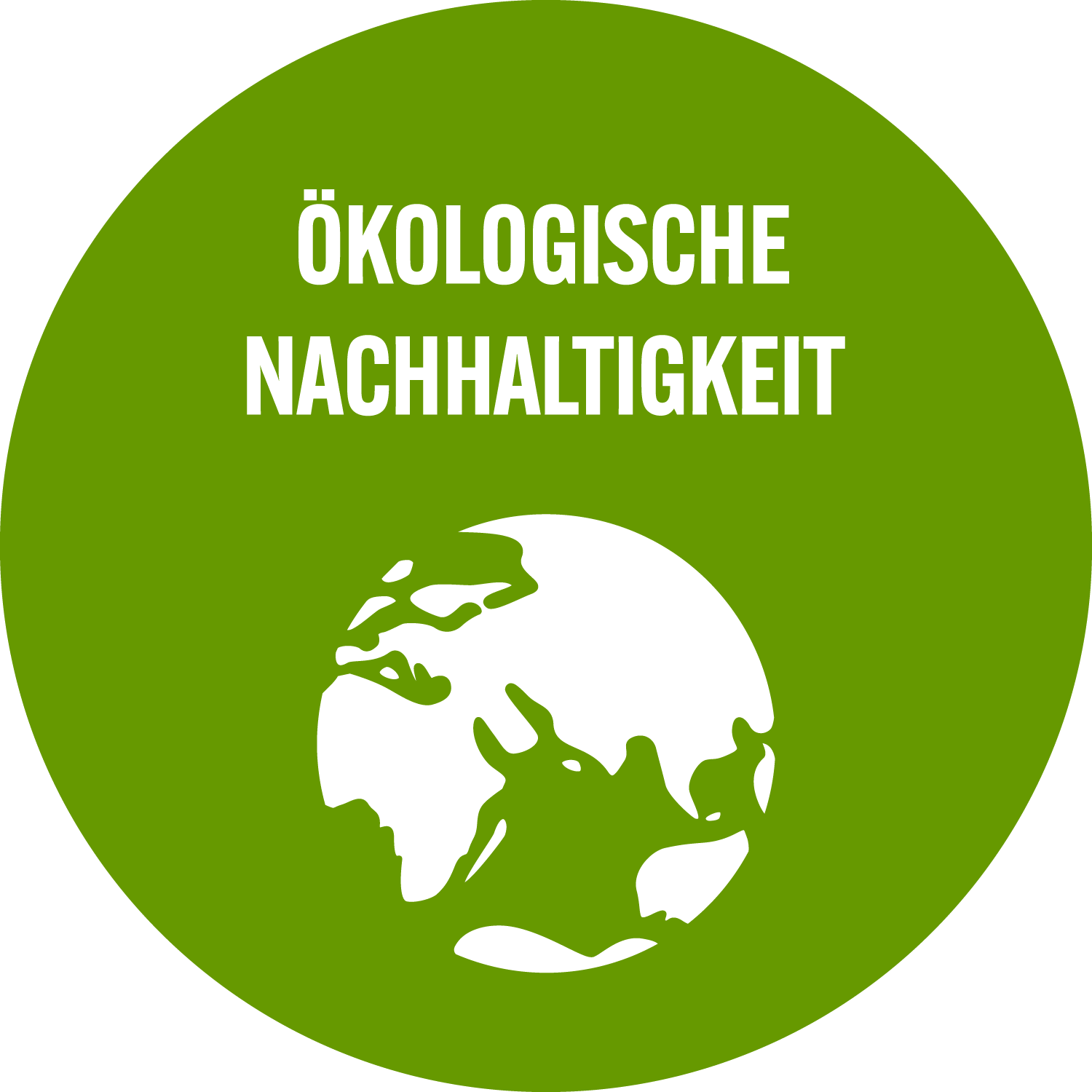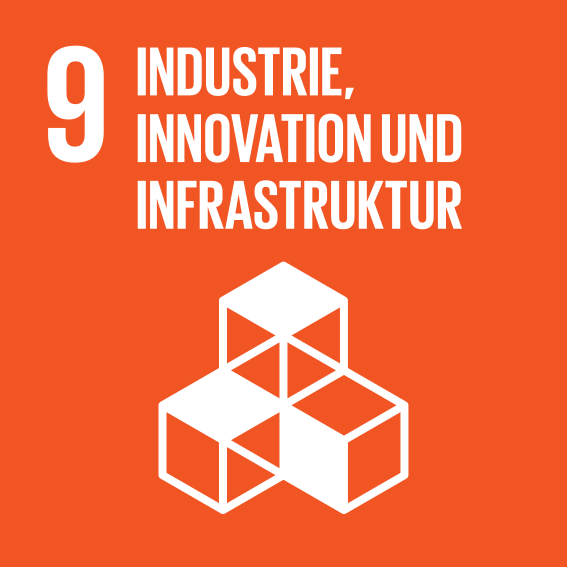|
Clean energy technologies: Dynamics of cost and price
Glenk, Gunther
;
Meier, Rebecca
;
Reichelstein, Stefan
![[img]](https://madoc.bib.uni-mannheim.de/style/images/fileicons/application_pdf.png) |
PDF
Glenk, Meier, Reichelstein (2021) Clean Energy Technologies.pdf
- Veröffentlichte Version
Download (848kB)
|
|
URL:
|
https://madoc.bib.uni-mannheim.de/59395
|
|
URN:
|
urn:nbn:de:bsz:180-madoc-593953
|
|
Dokumenttyp:
|
Arbeitspapier
|
|
Erscheinungsjahr:
|
2021
|
|
Ort der Veröffentlichung:
|
Mannheim
|
|
Sprache der Veröffentlichung:
|
Englisch
|
|
Einrichtung:
|
Fakultät für Betriebswirtschaftslehre > Stiftungsprofessur für ABWL (Reichelstein 2018-)
|
|
Lizenz:
|
 Creative Commons Namensnennung 4.0 International (CC BY 4.0)
Creative Commons Namensnennung 4.0 International (CC BY 4.0)
|
|
Fachgebiet:
|
330 Wirtschaft
333.7 Natürliche Ressourcen, Energie und Umwelt
|
|
Freie Schlagwörter (Englisch):
|
learning-by-doing , renewable energy , energy storage , electrolysis , levelized cost of energy
|
|
Abstract:
|
The rapid transition to a decarbonized energy economy is widely believed to hinge on the
rate of cost improvements for certain clean energy technologies, in particular renewable
power and energy storage. This paper adopts the classical learning-by-doing framework of
Wright (1936), which predicts cost (price) to fall as a function of the cumulative volume of
past deployments. We examine the learning rates for key clean energy system components
(e.g., solar photovoltaic modules) and the life-cycle cost of generating clean energy (e.g., wind energy and hydrogen obtained through electrolysis). Our calculations point to significant and sustained learning rates, which, in some contexts, are much faster than the traditional 20% learning rate observed in other industries. Finally, we argue that the observed learning rates for individual technologies reinforce each other in advancing the transition to a decarbonized energy economy.
|
 | Dieser Eintrag ist Teil der Universitätsbibliographie. |
 | Das Dokument wird vom Publikationsserver der Universitätsbibliothek Mannheim bereitgestellt. |
 Suche Autoren in Suche Autoren in
Sie haben einen Fehler gefunden? Teilen Sie uns Ihren Korrekturwunsch bitte hier mit: E-Mail
Actions (login required)
 |
Eintrag anzeigen |
|
|
 ORCID: 0000-0003-2540-838X ; Meier, Rebecca ; Reichelstein, Stefan
ORCID: 0000-0003-2540-838X ; Meier, Rebecca ; Reichelstein, Stefan



 Creative Commons Namensnennung 4.0 International (CC BY 4.0)
Creative Commons Namensnennung 4.0 International (CC BY 4.0)






 Suche Autoren in
Suche Autoren in